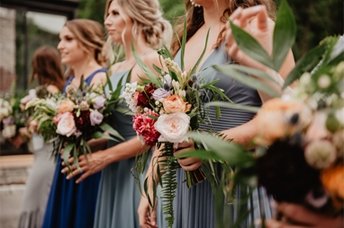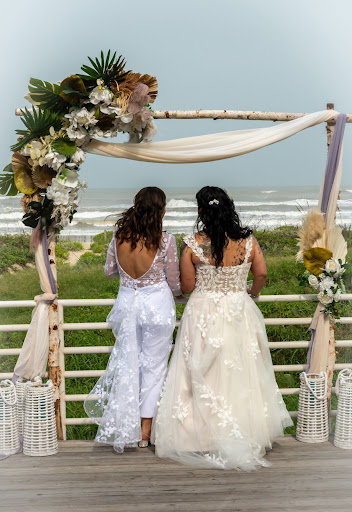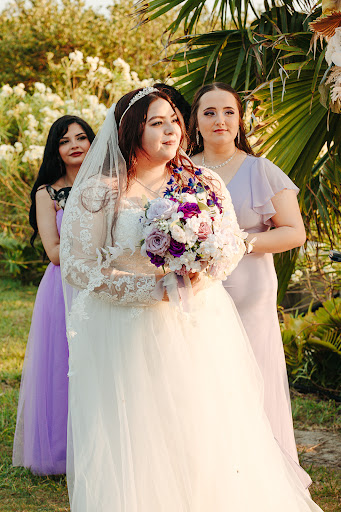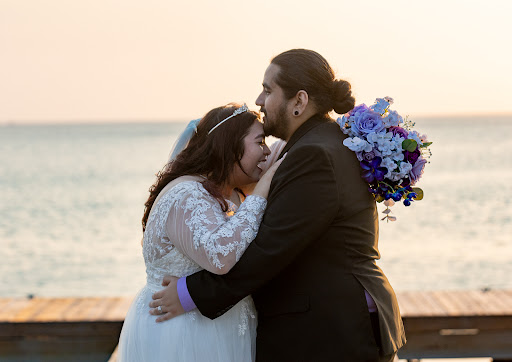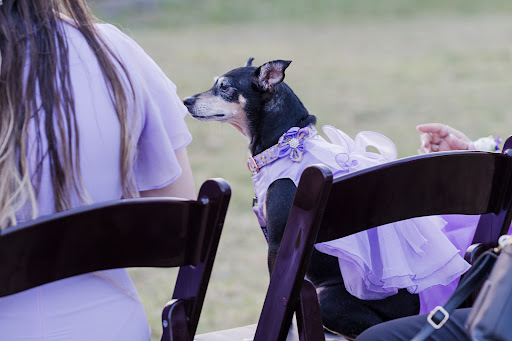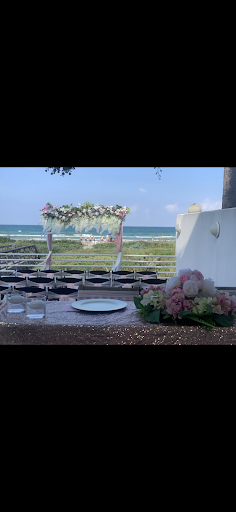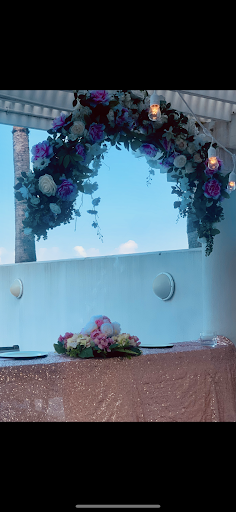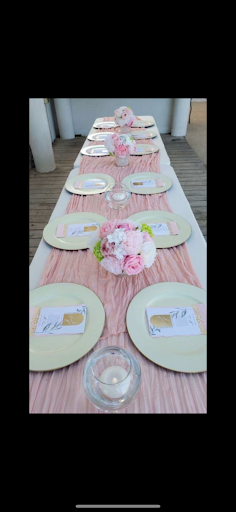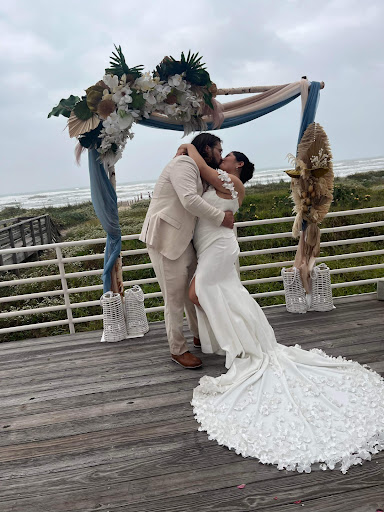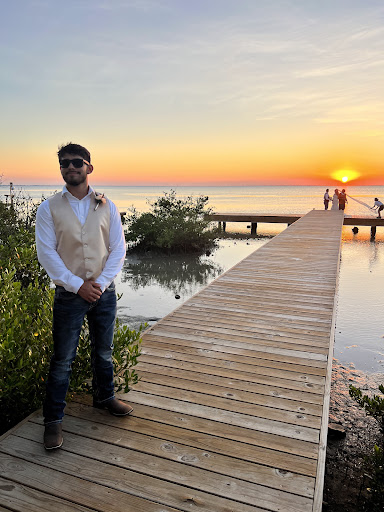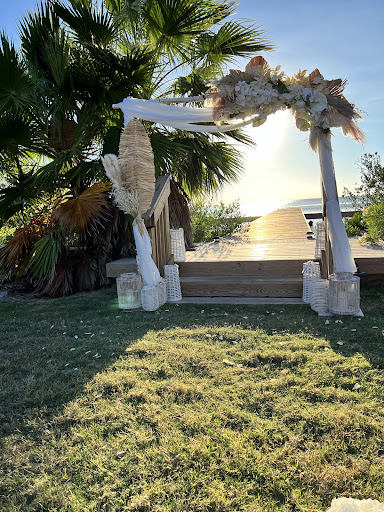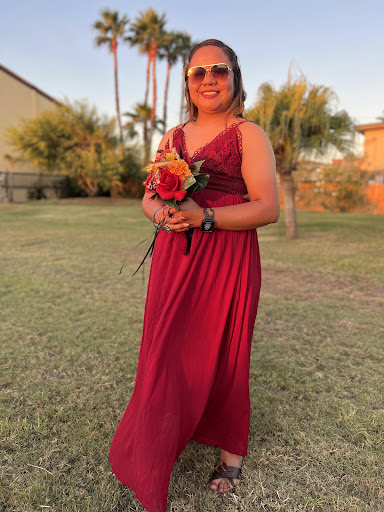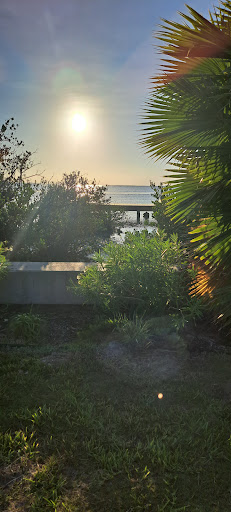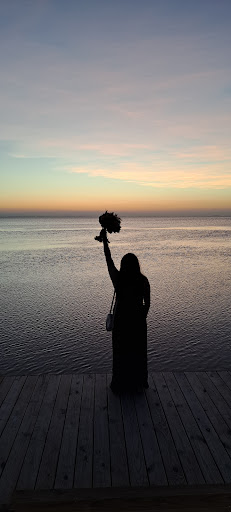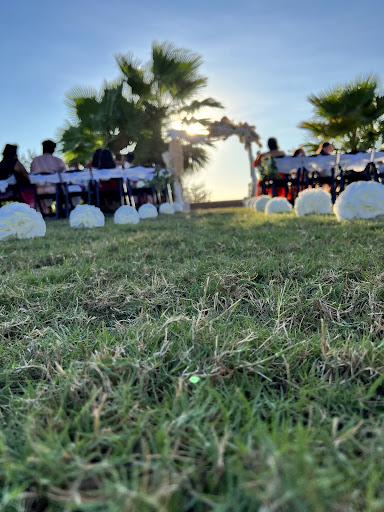Essential Wedding Photography Timeline Templates Every Planner Should Have
By Weddings By Wendi – Your San Marcos, Texas wedding planning partner
With the right wedding photography timeline templates, you can ensure that every moment of your special day is captured perfectly. These templates help you organize key events, coordinate with your photographer, and maximize your time for stunning shots. By having a clear timeline, you set up your day for success, preventing stress and ensuring that no precious moment goes undocumented. This guide provides imperative templates that every planner should utilize to achieve a smoothly running schedule and beautiful memories.
Key Takeaways:
- Templates help organize the wedding day schedule efficiently.
- Different timelines cater to various types of ceremonies and receptions.
- Incorporating buffer times ensures flexibility for unexpected delays.
Understanding the Importance of a Wedding Photography Timeline
The Role of a Timeline in Wedding Planning
A wedding photography timeline acts as a blueprint for your special day, aligning every moment from pre-ceremony preparations to the final send-off. By establishing clear timeframes, you create a structured environment where your photographer can capture the essence of each moment without feeling rushed. This organization helps coordinate the activities of vendors, ensuring everyone is on the same page and that nothing is overlooked.
Benefits for Couples and Photographers
For couples, a well-designed photography timeline alleviates stress, ensuring that you get all the shots you envision, from candid moments to posed portraits. For photographers, it creates efficiency and clarity, allowing them to focus solely on their art rather than navigating unexpected delays. This clear communication fosters a smooth workflow that enhances creativity and reduces potential frustration.
Establishing a detailed timeline also aids in managing the flow of the day. When you allocate specific times for each photography segment, like family portraits or couple shots, you enhance your chances of getting those must-have images. Photographers can prepare for lighting conditions and locations, optimizing their approach to capture stunning visuals. Ultimately, a solid timeline helps create memories that you’ll cherish for a lifetime.
Key Elements of a Wedding Photography Timeline
Pre-Ceremony Activities
Pre-ceremony activities are a fantastic opportunity to capture intimate moments before the vows. You should allocate time for detail shots of the dress, shoes, and décor. Staging portraits of the couple getting ready, such as hair and makeup, will enrich the story of your day. This part of the timeline typically requires about an hour for the bride and a similar duration for the groom’s preparations, with buffer time for unexpected delays.
Ceremony Coverage
Ceremony coverage is the heart of wedding photography, requiring your photographer’s full attention to capture every significant moment. You should designate a block of time that includes the arrival of guests, the groom, and the bridal procession, as well as the exchanging of vows and rings. Typically, this part lasts around 30-60 minutes, depending on the type of ceremony. Photographers often use various angles and lenses to encapsulate the atmosphere while ensuring key moments are preserved for posterity.
During the ceremony, you may want to consider scouting your venue for the best spots for capturing the action. There are often parameters to follow, such as staying discreet and avoiding distraction for the officiant or guests. It’s beneficial to discuss the shot list with your photographer beforehand, ensuring that they capture all crucial moments, such as the couple’s first look, emotional reactions, and the joyous moments following the “I do’s.” With a solid plan in place, you can trust your photographer to create remarkable memories that reflect the essence of your wedding day.
Essential Photography Shots During the Reception
Cocktail Hour Captures
During the cocktail hour, focus on candid shots of your guests mingling and enjoying the atmosphere. Capture those genuine laughs and interactions, along with details of the cocktails and appetizers being served. These images help document the social vibe of your reception and set the tone for the evening ahead.
Grand Entrance of the Couple
The grand entrance is a highlight that deserves special attention. This moment marks the couple’s official welcome into the reception and is often filled with excitement and energy. Capture the couple’s expressions, the reactions of the guests, and any special effects like sparklers or confetti to enhance the visual story.
When you photograph the grand entrance, aim for multiple angles and perspectives. Use a wide-angle lens to capture the entire scene, and position yourself strategically to catch both the couple’s arrival and the guests’ reactions. This creates a dynamic set of images that highlights the joy of the moment and the atmosphere of celebration.
Toasts and Speeches
Toasts and speeches offer heartfelt moments that are necessary to document. They reflect personal stories and emotions from loved ones, making them valuable memories for the couple to look back on. Capture the speakers’ expressions, as well as the couple’s reactions to these touching tributes.
As you shoot the toasts, include close-ups of the speaker and wide shots of the audience. Pay close attention to the atmosphere—capturing laughter, tears, and any significant gestures. Consider the lighting; using flash can sometimes create unflattering results, so work with ambient light to achieve a more intimate feel. These elements combined will enhance the storytelling aspect of the day.
Special Moments to Include in Your Timeline
Cake Cutting Ceremony
The cake cutting ceremony is a symbolic moment that often represents the first task the couple tackles together as newlyweds. Schedule this event for just after your main meal to capture the anticipation and excitement among your guests. Make sure your photographer is ready with the right angles to capture the joy and laughter as you both take your first slice.
First Dance and Family Dances
Your first dance as a married couple is a treasured memory that deserves the perfect photographic capture. This moment marks the beginning of your life together, so schedule it immediately after the reception introductions to seize the emotional atmosphere. Ensure your photographer focuses on the emotions, such as joy, laughter, and sometimes even tears, surrounding this intimate display of love.
Family dances, including dances with parents or grandparents, hold significant emotional weight. They provide an opportunity for loved ones to share in your celebration, and they often bring a mix of nostalgia and joy. Plan these dances right after your first dance, as the energy will be elevated and your loved ones will still be focused on you. It’s important for your photographer to stay alert, ensuring they capture candid, heartfelt reactions from family members that you’ll cherish forever.
Bouquet and Garter Toss
The bouquet and garter toss is a fun and lively part of the reception, often filled with anticipation and laughter. Schedule this event later in the evening when guests are more relaxed and ready to participate. Ensure your photographer is positioned to capture the excited expressions on guests’ faces, making for some memorable shots.
This tradition has its roots in superstition, symbolizing good luck for the single guests. As you toss your bouquet, your photographer should capture the moment the bouquet leaves your hands and the hopeful faces of your single friends. Similarly, the garter toss is often met with playful enthusiasm, and capturing the atmosphere of this lighthearted moment will provide you with some of the most joyful photos from your reception. Pay attention to details, such as the expressions of onlookers and the playful antics that follow, as they often make for unforgettable memories.
Sample Wedding Photography Timeline Templates
Traditional Wedding Timeline Template
A traditional wedding timeline typically spans the entire day, starting with pre-ceremony preparations and ending with the reception. You can allocate around 1-2 hours for getting ready shots, followed by the ceremony, which often takes 30 minutes to 1 hour. Post-ceremony, include family portraits and couple’s portraits, taking about 1 hour combined, before moving to the reception festivities, ensuring every significant moment is captured.
Destination Wedding Timeline Template
Your destination wedding timeline requires unique considerations, factoring in travel time and local customs. Start with a welcome dinner for guests, transitioning into the wedding day with a relaxed schedule that allows for travel and exploration. Plan time for scenic photo opportunities, ensuring you capture the essence of the location while keeping the timeline adaptable.
The destination wedding timeline template often involves several events extending over multiple days. For the wedding day, you may want to start with early morning preparations to seize beautiful natural light. Allocate time for exploration or relaxation, allowing you and your partner to enjoy the setting while giving your photographer the opportunity to document everything effortlessly.
Elopement Photography Timeline Template
Your elopement photography timeline can be more flexible and personalized, focusing on intimate moments rather than large-scale events. A timeline might include 1-1.5 hours for getting ready, followed by a brief ceremony, which can last around 20-30 minutes, and ample time for portrait sessions in a picturesque location.
Tips for Customizing Your Photography Timeline
- Assess your wedding venue layout
- Factor in the season and time of day
- Consider personal elements that reflect your style
- Collaborate with your photographer for insights
- Leave buffer time for transitions between events
Adjusting for Different Wedding Styles
Each wedding style introduces unique elements that can influence your photography timeline. For instance, a formal ballroom wedding may have a structured timeline emphasizing portraits and toasts, while a rustic outdoor celebration might require more candid shots and spontaneous moments. Adjust your schedule to accommodate the specific traditions and activities unique to your chosen theme.
Communicating with Vendors and Coordinators
Effective communication with your vendors is important for a smooth flow during your wedding day. Share your photography timeline with your coordinator and all relevant vendors so everyone is aligned. Establishing a clear understanding of roles and timing can significantly enhance cooperation and minimize potential conflicts.
Outline your photography timeline in detail and discuss it during pre-wedding meetings to ensure everyone is on the same page. This collaboration helps to identify any overlaps in duties and allows vendors to coordinate their tasks efficiently, ultimately resulting in a seamless experience for you and your guests.
Allocating Time for Unexpected Events
It’s wise to include extra time in your photography schedule for unexpected events. Whether it’s a delayed bridal party or a sudden change in weather, having flexibility in your timeline allows for adjustments without the stress of falling behind. Prioritize these buffers to keep your day on track.
By setting aside additional time throughout the day, you provide a cushion for unforeseen circumstances. For example, if hair and makeup run late, you’ll still have time for important pre-ceremony shots. This adaptability contributes greatly to the overall enjoyment of your wedding day, helping you stay relaxed and focused on celebrating your love.
Conclusion
Drawing together a well-structured wedding photography timeline is vital to ensure your special day flows smoothly. By utilizing imperative templates, you can effectively coordinate with your photographer and capture all the key moments without stress. You should prioritize each aspect of your day in a way that reflects your vision, allowing you to enjoy the celebration while ensuring that every detail is documented. Having these templates at your disposal not only enhances your planning process but also elevates the overall experience of your wedding day.
FAQ
Q: What is a wedding photography timeline template?
A: A wedding photography timeline template is a structured outline that helps photographers and planners organize the schedule of photography sessions throughout the wedding day. It includes key events and time allocations for each segment to ensure all important moments are captured.
Q: Why are timeline templates important for wedding planning?
A: Timeline templates streamline the planning process by providing a clear schedule for photography. They help synchronize the photography with other wedding activities, ensuring that every moment is documented without delays or overlaps.
Q: What should be included in a wedding photography timeline template?
A: Essential components include the start and end times for the ceremonies and receptions, specific moments such as the first look, family portraits, and key speeches. Additional notes for locations or special requests should also be incorporated.
Q: How much time should be allocated for different photography sessions?
A: Typically, allocate 30-45 minutes for getting ready photos, 30 minutes for the first look, 1 hour for family portraits, and around 1-2 hours for couples’ portraits. Each wedding is unique, so adjustments may be necessary based on the day’s schedule.
Q: Can timeline templates be customized for different wedding styles?
A: Yes, timeline templates can and should be customized to fit the style and schedule of each wedding. Factors such as venue size, number of guests, and specific cultural or personal traditions should be taken into account.
Q: How can planners effectively communicate the timeline to vendors and the couple?
A: Planners should distribute the finalized timeline to all vendors, including photographers, coordinators, and venues, well in advance. Sharing digital copies and having printouts available on the wedding day can facilitate easy reference and coordination.
Q: What are some common mistakes to avoid when creating a wedding photography timeline?
A: Common mistakes include underestimating time for specific activities, failing to include buffer time between events, and not consulting with the photographer about their preferred workflow. Keeping open communication can help prevent these issues.


